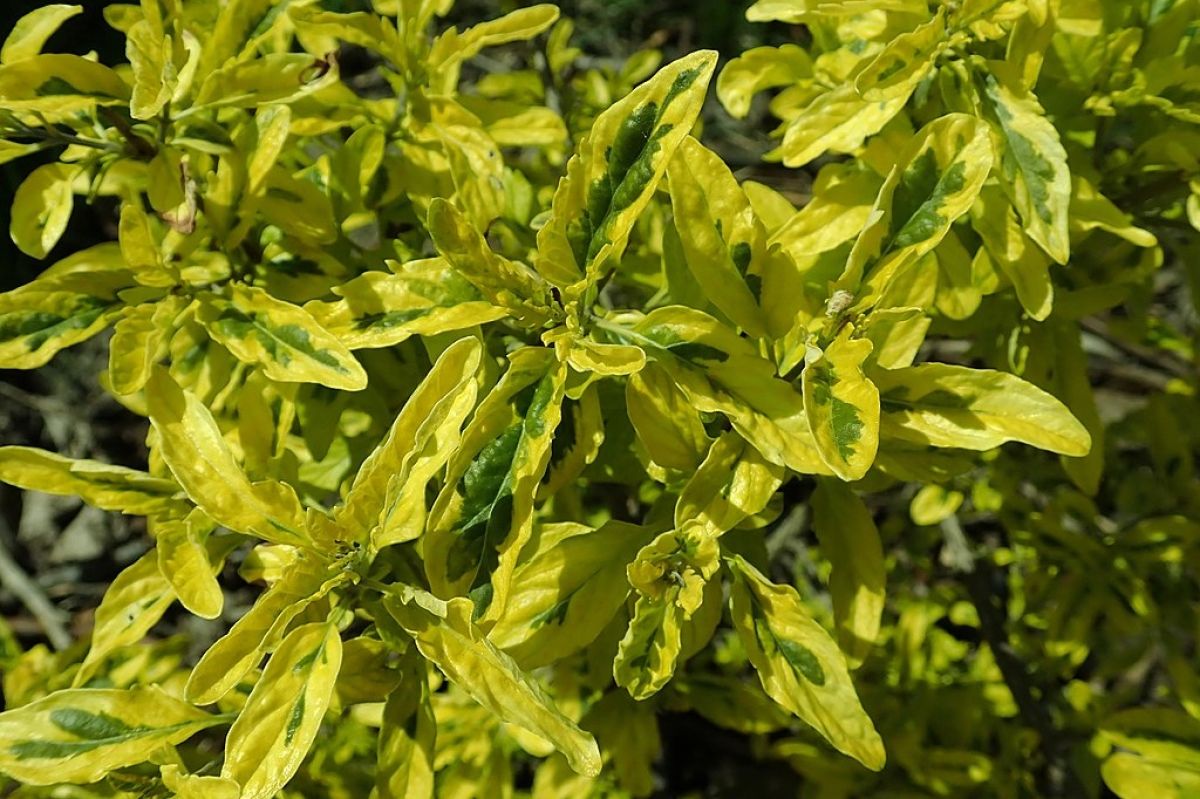It is always good to find perennials and shrubs that have foliage color as well as pretty flowers that provide focal points in the fall garden. Caryopteris (Bluebeard) is an example of this winning combination. It is a compact, only 36" tall 30"wide, and its yellow-green leaves combine beautifully with its blue flowers.
There are not a lot of plants that present us with really clear-blue blooms, but this is one. It has the added advantage of being drought tolerant. It likes full sun, and its narrow leaves are bright gold in the springtime and golden green in summer and fall.
The genus Caryopteris is native to Eastern Asia, and this hybrid is a recent introduction, which came on the market in 2018. It needs good drainage and once established is drought tolerant, but baby it during its first year by giving it regular waterings, as it becomes established and settles in.
Each spring cut it back and the flowers will form on the new wood. It grows in zones 5-9 and can be used as a hedge, at the back of the border, or massed on the center of a large planting surrounded by shorter perennials or annuals, or as an accent plant. If the soil is not fertile, encourage it with some slow-release fertilizer at planting time as well as early each spring.
This is Moya Andrews, and today we focused on Caryopteris for fall.










